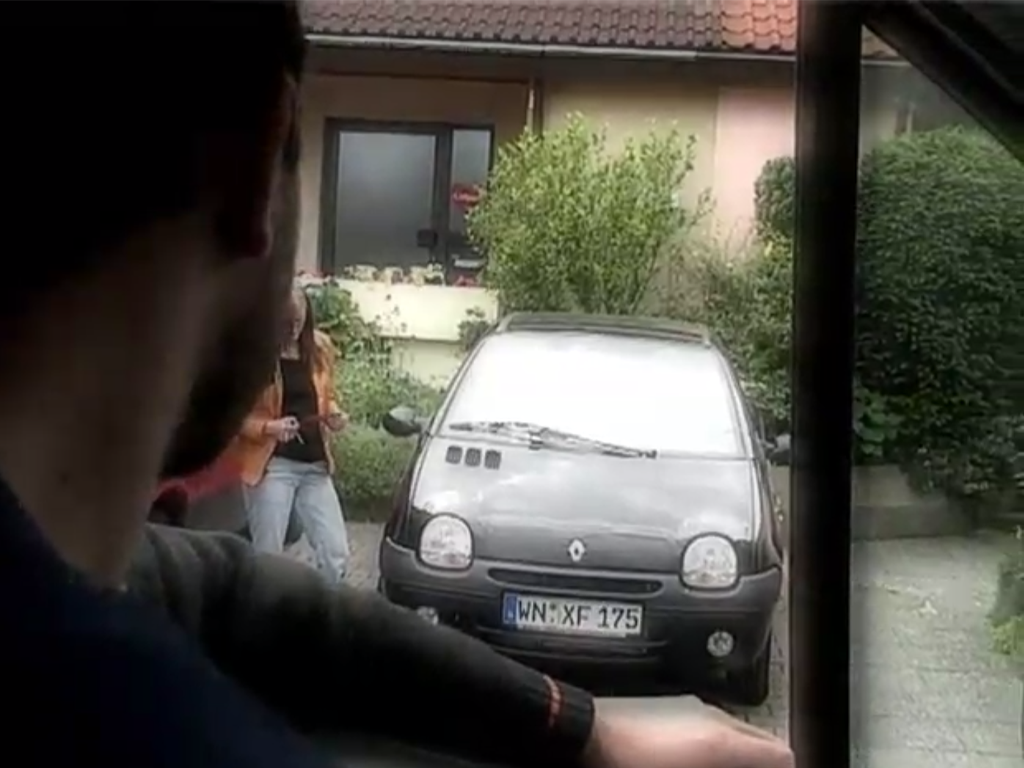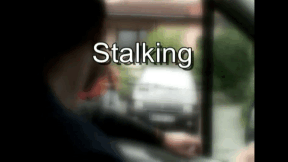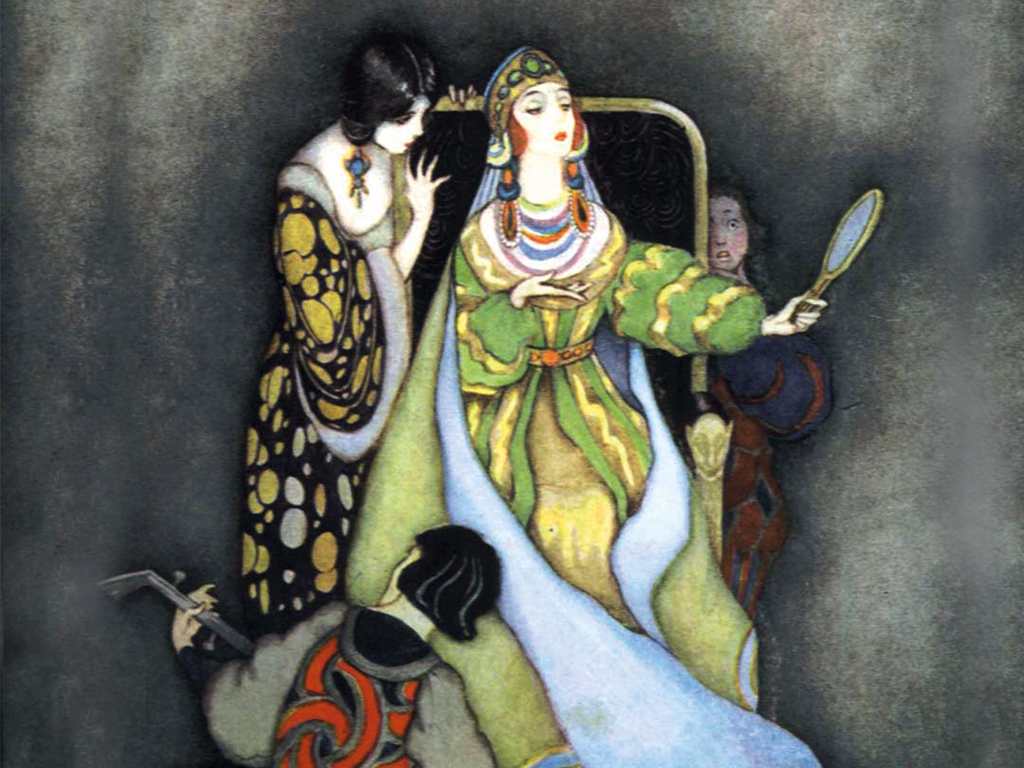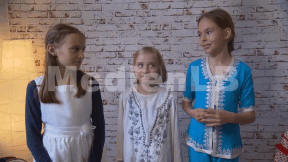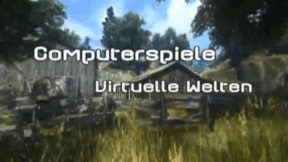 Geography
Geography
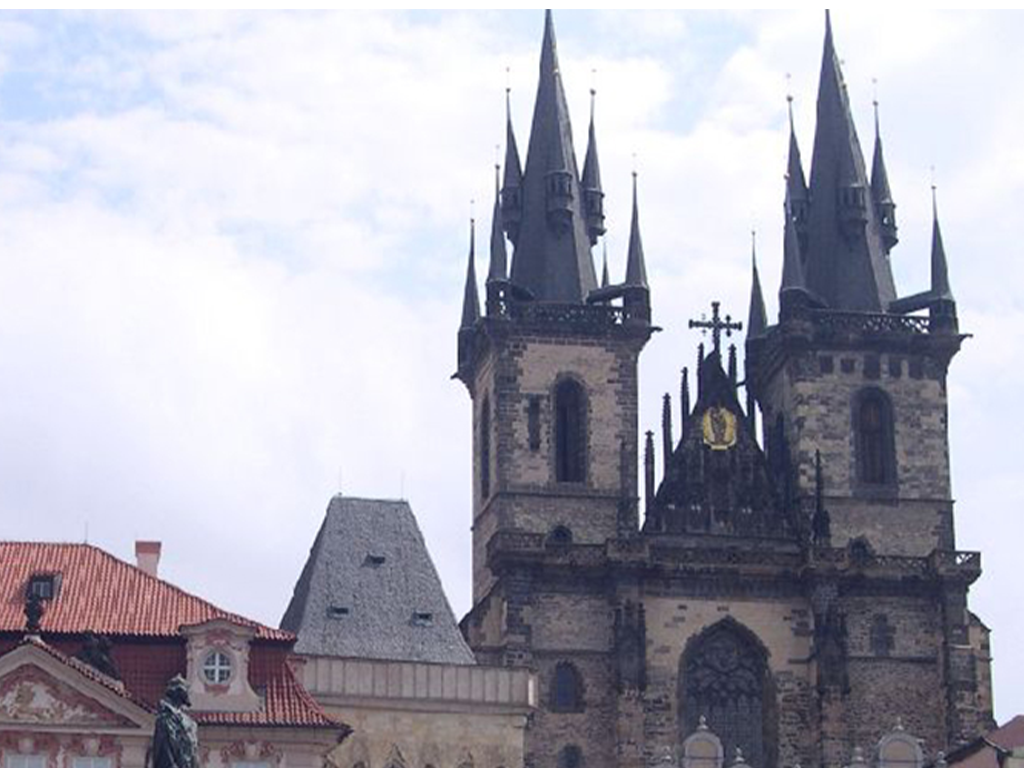
4656541 / 5551304
Capitals of Central Europe II
Bratislava, Budapest, Prague
This DVD presents the capitals of eastern Central Europe, Bratislava, Budapest, Prague and Warsaw. By way of intro- duction, the pupils learn about the natural and climatic bound- aries of the Central European region and which countries it encompasses. Based on this, the film first focuses on the topographic situation of the respective capital of the countries of Slovakia, Hungary, the Czech Republic and Poland and the development of the cities is briefly outlined. Imposing buildings, historical monuments, architectural characteristics, magnificent operas and theatres, but also multi-cultural life in the streets and living traditions are witnesses to the rich cul- ture and artistic atmosphere of these capitals in the heart of Europe. Impressive pictures capture the uniqueness of each one of the capitals and illustrate their characters. Here, the respective geographic location of the capitals is linked to the history of their foundation. The pupils can follow the respective city development, learn about important sights, may compare the economic power and the infrastructures of the cities and will, step by step, obtain a complete picture of the diversity of the unified Europe.
Play trailer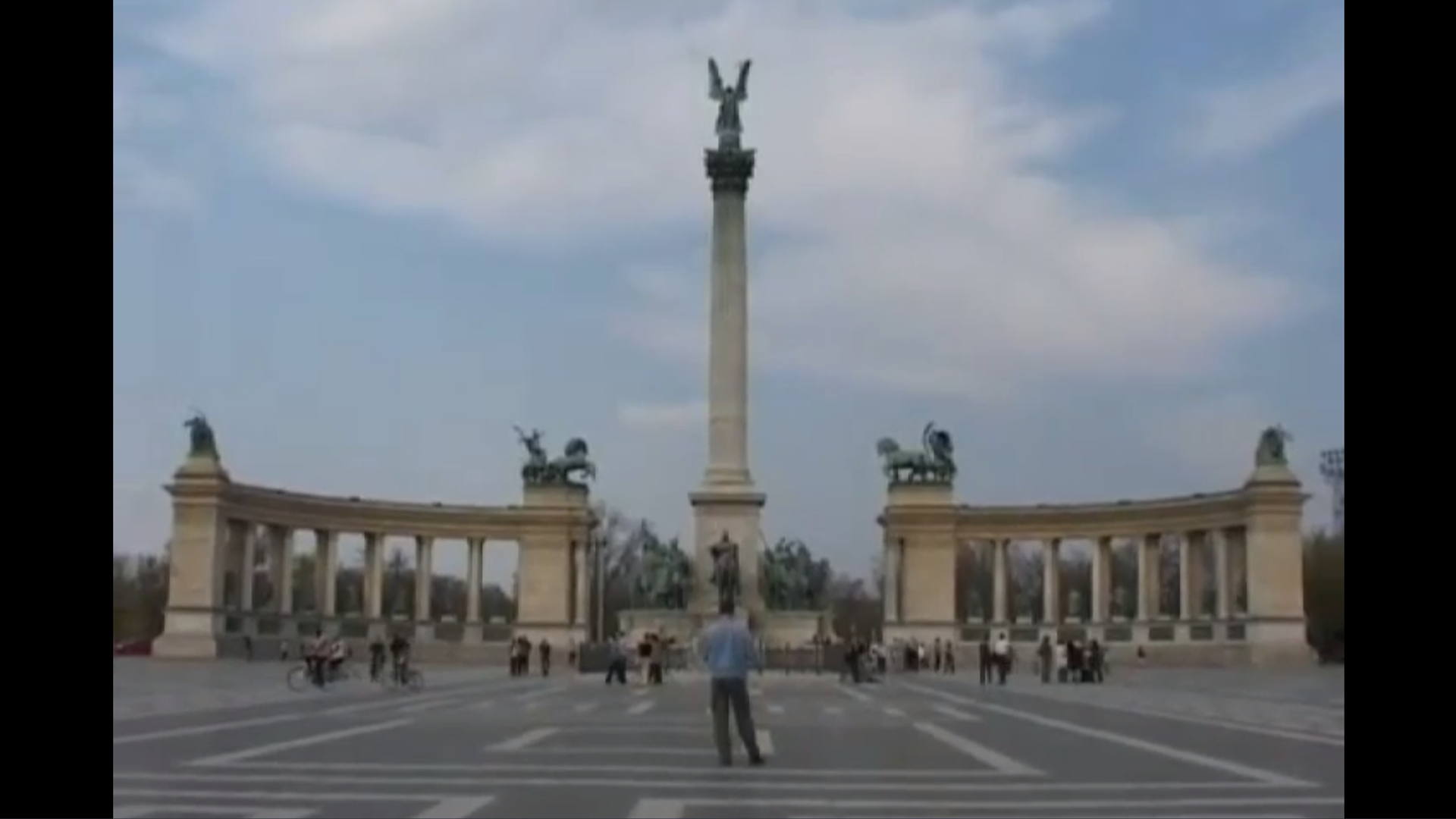
Curriculum-centred and oriented towards educational standards
Matching
Stalking
n Germany, 12 % of all federal citizens are pursued by a stalker once in their lives. And not only celebrities are among their victims! Everyone may be confronted with such a situation.
Computer Games
This film covers the topic of computer games in a variety of ways and from many different angles. Apart from the fascina- tion of computer games for users, the historical development as well as the production of computer games are described. The established genres are introduced, the guidelines of the German BPjM are explained. In light of recent public discussions, a neutral overview of the pros and cons of playing computer games is given, and different kinds of player behaviour are outlined. In this film, the pupils will recognise many aspects of their favourite pastime that encourage an independent, constructive use of this medium and reinforce their media competency. The film and teaching material are very closely related to the real-life situation.




